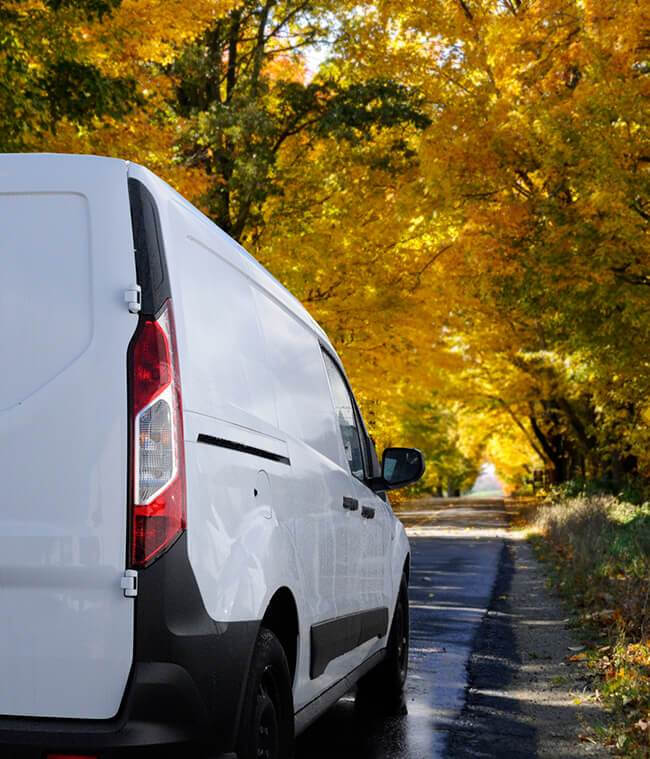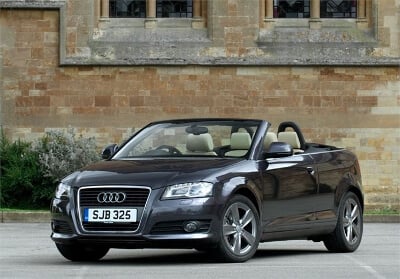Prepping Your Vehicle
If you’re looking to relocate or go on holiday to Australia, it might be a wise move to take your car with you, especially if your holiday is a long one, or especially if you’re planning to stay there permanently. Another reason you might choose to transport a car is if someone in Australia has bought it from you, and wants it to be exported over to them. Whatever the reason, there are three important phases you need to bear in mind when undertaking this process to ensure car shipping to Australia job goes smoothly.
Getting the car ready for shipping to Australia
• Check the car’s vital signs: Make sure you inspect the car thoroughly before you even consider taking it to the drop off point; in fact, the best practice is to have it inspected by a trained mechanic for things like leaking fluids, as you will be liable if a leak occurs on the journey.You’ll also need to make sure the car has enough fuel and battery charge to be driven off the ship at the other end. Don’t leave too much fuel in the tank – recommended levels are approximately a quarter of a tank (in case it leaks), but you could be charged extra if the car doesn’t start through these faults at the end of the passage.
• Personal belongings: Leaving personal belongings in the car is discouraged, because of the increased risk of theft. Obviously, any trustworthy shipping company will aim to have trustworthy employees, but you can never be too sure and it’s just better to be safe rather than sorry!
• Remove detachable parts: parts like the radio antenna or car decorations (such as those fake eyelashes that have become so popular), should be removed and taken with you personally if they’re not integral to making the car work upon next start up. Anything that could be caught during transit, like wing mirrors, spoilers and fog lights can be wrapped in a protective covering to prevent damage.
• Take photos: to make sure you know what condition your car is in when it leaves you, take photos that show as much of the outside as possible to clearly identify any scratches or marks on the car beforehand. A good wash and polish before you take the photos will help make it easier to identify any existing marks.
• Insurance: it depends on your budget as to what level of insurance you choose to take out; we’d recommend calling your insurance company to see what they can offer, or choose a different insurer for the trip, including any extras you may want (such as cover for water damage). One important thing not to forget is your insurance for actually driving in Australia!
Choosing the Right Service
There are a wide range of car shipping to Australia companies that offer vehicle transport, so it’s advisable to make a list of what you need to know from them as well as the services you expect for top quality shipping of your vehicle, so that once you have started contacting them, you can draw up a shortlist of companies to work with.
• Insurance: as discussed above, insurance may very well be a big point for you, and with good reason. By law, all overseas auto shippers have to have insurance, but it’s important to check what is and isn’t covered – water damage is one example, and you may need to pay extra for this. Be sure to check up on this and anything else you feel is pertinent so you can weigh the costs up accordingly.
• Contactable: Shipping your car abroad is a big deal, and it’s important you partner with a company who understand that. Make sure they’re easy to contact and deal with, and willing to answer all your questions comprehensively. If you feel unsure, it might be better to look elsewhere.
• Networks: there is a range of ports in the UK that you can send your car from, so try to find a shipping company that has access to the port(s) most convenient to you. There’s little point in travelling to the other end of the country if you could cut the costs of fuel and time down by shipping from somewhere closer.
• Prices: much as there are other factors to consider, in the end, it always comes down to money. It’s not always the best course of action to go for the lowest price, the price can sometimes reflect the quality of service, but you should definitely get a range of quotes before deciding on which company you’re going to use. Consider the price against what’s on offer before you make the final decision!
Completing the Delivery
So, the passage is over, you and your car have arrived in Australia in one piece – what now?
• Reuniting with your car: well, firstly you need to know where your car will arrive, and when. We all know Australia is ahead of the UK in terms of time zone, but it’s never as clear as when you’re jetlagged and looking for your car so you can continue to your destination. Be sure you know where the car will be unloaded, and what time, before you start.
• Checking for damage: remember those photos you took? Well, these will be essential now, when you check the car to make sure it’s not been damaged during the journey. Your car may have picked up some dust on the way, but if you gave it a thorough scrub before you left it, you should easily be able to compare the real life version with your photos to make sure nothing’s happened to it.
• Replace detached parts: you’ll want to make sure you replace anything you took off for transport, and definitely remember to uncover essentials such as the wing mirrors before you drive. Not having the radio is one thing, but not having wing mirrors is quite another!
• Insurance check: you should have already sorted out your insurance cover to drive in Australia before you left the UK, but there’s no harm in double checking it before you start to drive. Giving them a quick ring or at the least, checking your documentation, will help you have peace of mind before you leave the port.
• Fill up: if you remember, we advise you don’t transport your car with any more than a quarter tank of fuel – so be sure to map out the quickest route to the nearest fuel station so you don’t run out on your trip.





















